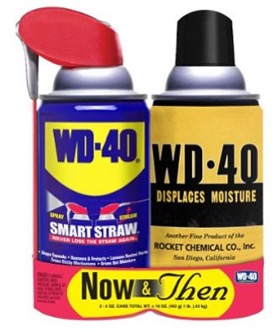Learning Blast: Consider Real-World Problems
The purpose of engineering is to design solutions to real-world problems. To do this, engineers must consider the context, background information, needs of the client, and the implication of possible solutions.
Engineers design solutions to specific, real-world problems. As they design, engineers need to identify the specific problem and solve it in context. They must be able to envision a new technology that solves a particular problem or imagine how an existing technology could be improved to better serve its purpose. Young people who have experience designing solutions to real-world problems are better equipped for a future we can’t predict today.
As you watch the video, think about:
- What experiences help youth get interested in their real-world problem and the animal they are designing for?
- What does the facilitator say or do to build interest in the real-world problem?
- What should youth consider as they design and build their solution?
Share what you noticed:
- What did you notice in the video?
- How did the youth approach this challenge?
- What were some of the youth’s ideas about how animals might interact with the prototype?
- What did educators say or do with youth to help them think about their design?
What we know:
Early in the engineering design process, engineers need to define their problem. This is often called “problem scoping.” In this phase, engineers work with their teams to clearly describe the problem, to identify needs and preferences of the end user and specify any considerations that must be met like deadlines, budget or environmental impacts.
A new technology often has to integrate into a larger system and must always be designed to be compatible with human behaviors and preferences. For example, as when redesigning a road intersection, transportation engineers need to know how it functions. They may research how residents have historically crossed the intersection, where they prefer to cross, and why they make those choices. Statistics about traffic accidents, injuries, and safety at the intersections provide important data. Engineers may also assess how the intersection connects with larger traffic patterns and the road system.
To understand how their solution will fit within real-world systems and be used by people, engineers consider contextual variables. They need to understand a range of information—technical, social, cultural, economic, environmental, ethical—and weigh these factors as they design solutions. Engineered devices, processes, and systems have consequences for people, communities, the environment, and societies. It is the job of engineers to understand the various impacts (both positive and negative) that their new technology will have on existing systems.
What you know:
To help youth develop this practice of thinking of problems in context, engineering challenges should either be generated by youth themselves or be based on real-world problems. Compelling, relevant contexts can motivate youth by helping them to connect the work they are doing with real life. Engineering solutions for problems youth personally have encountered, or that exist in their communities can be particularly meaningful.
You can help learners develop this practice by structuring learning so that they have opportunities to consider both how their proposed solution functions across a range of domains (e.g., technical, cultural, economic, etc.) and its implications for the future.
Key Take-Away:
The world is full of countless challenges waiting for a solution to be created or tweaked. Engaging youth in engineering activities that are authentic and meaningful help develop problem-solving skills that they can use in many areas of their lives.
Reflection:
- What problems exist in and around your program location that would be engaging and motivating for your learners to problem-solve?
- How can you structure engineering experiences to help youth focus on thinking about problems in context?
- How can you transform what you are doing to support developing an engineering mindset?

